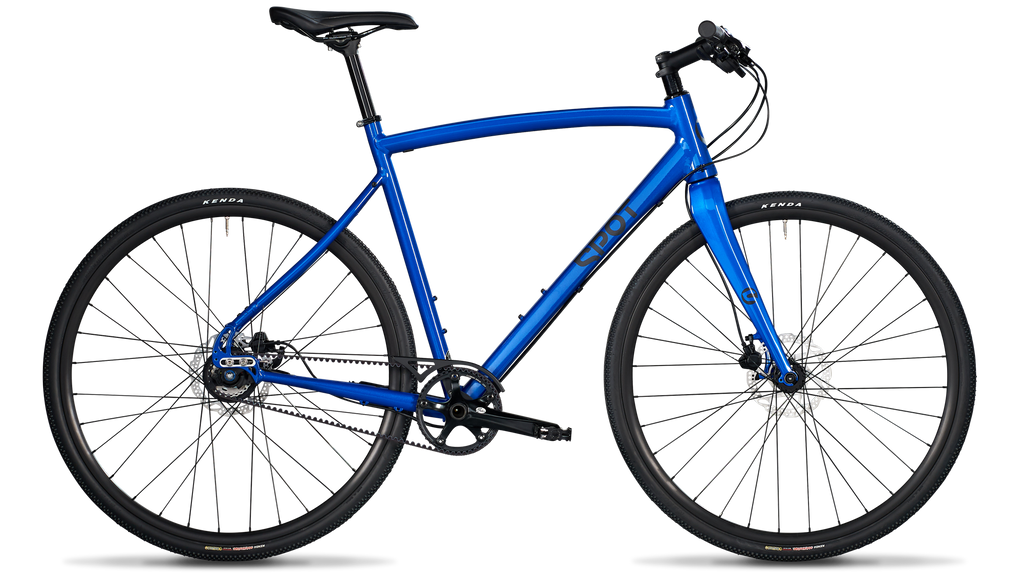dynamic
Well-Known Member
- Region
- USA
This looks really good. It's almost combination of the apollo and the 600. I haven't heard of this brand before so I would need to research a bit. I also can't find the rear cog so I can't calculate accurate gear inches (I may be blind). But assuming it's the same as the apollo, it may have slightly better low gear ratio than the apollo.FWIW, if your looking at a "regular" bike maybe here is an option to the Priority 600 - Spot Acme. Actually on sale now ($400 0ff). Nothing wrong with the 600 (I'm a fan of Priority bikes and their Apollo is on my short list). But the Acme, while it doesn't have the Pinion, it is belt driven and is about 5#'s lighter (about 25#'s). Spot makes some great bikes. Based in Golden, CO I believe.

Acme
The Acme is a high-end flat-bar commuter with road bike speed, sleek style, and the ultimate urban spec: carbon fork, Gates belt drive, 11-speed Alfine hub, and a dynamo front hub. Lightweight, silent, and fast—almost like it has a motor. Almost.spotbikes.com
I am not sure I can justify losing the pinion from a hill climbing perspective. (That is honestly why the 600/600x continues to float to the top of the list), but I think the acme would be better than an apollo for me. I think I am going to have the fitter give me their opinion. A position that is comfortable and powerful may be more important than the absolute lowest gear ratio. If they say "go with hoods on a drop bar gravel bike" that's what I will do.
The apollo is also constantly out of stock/pre-order. So, acme wins that issue.